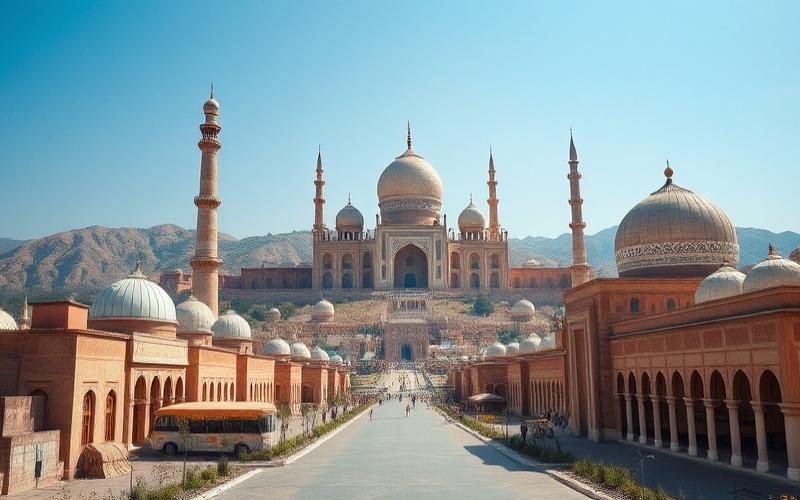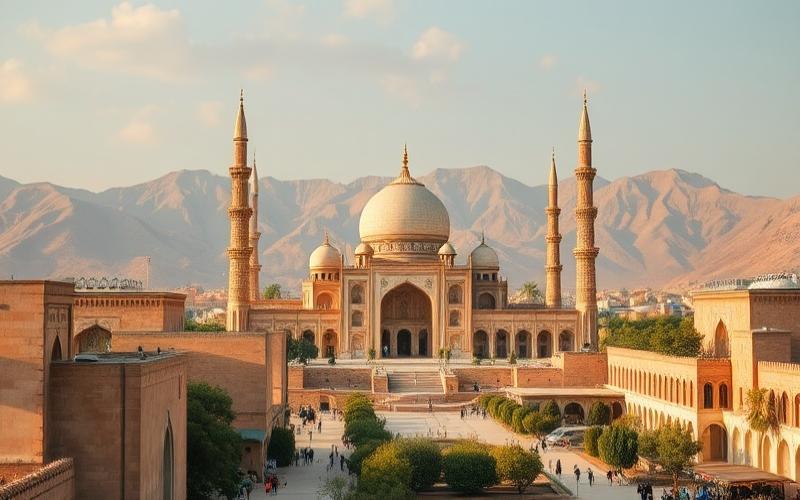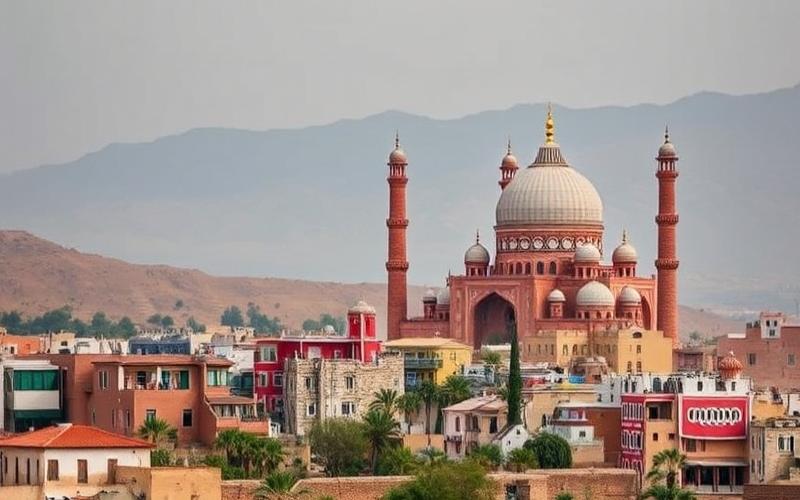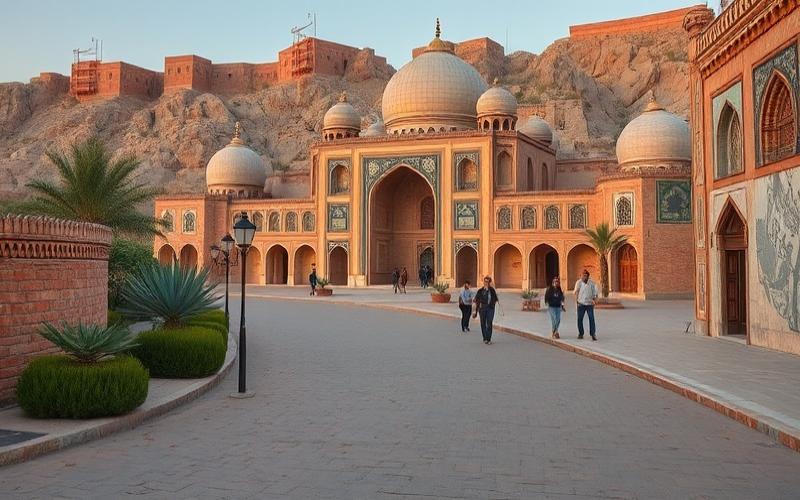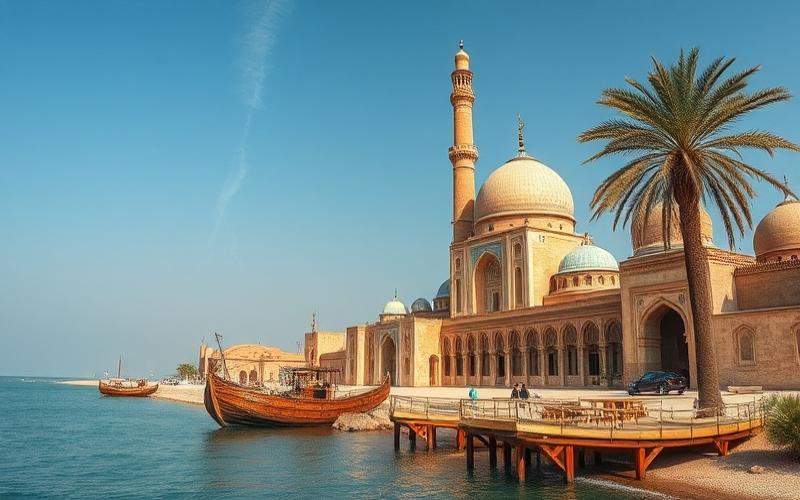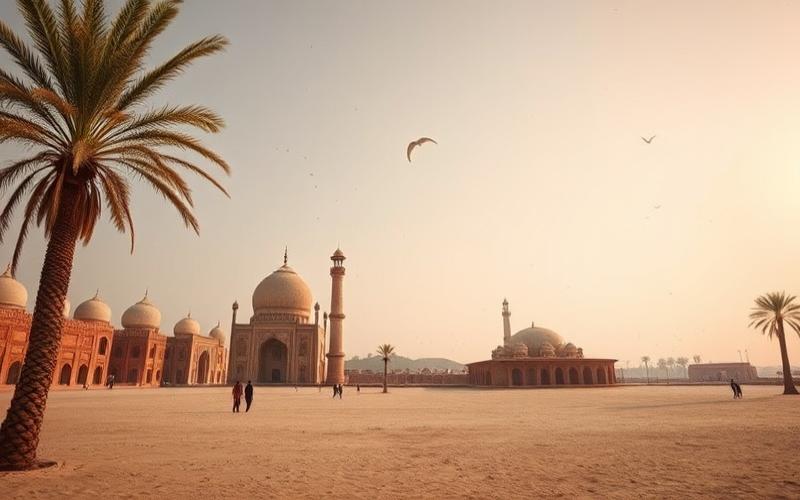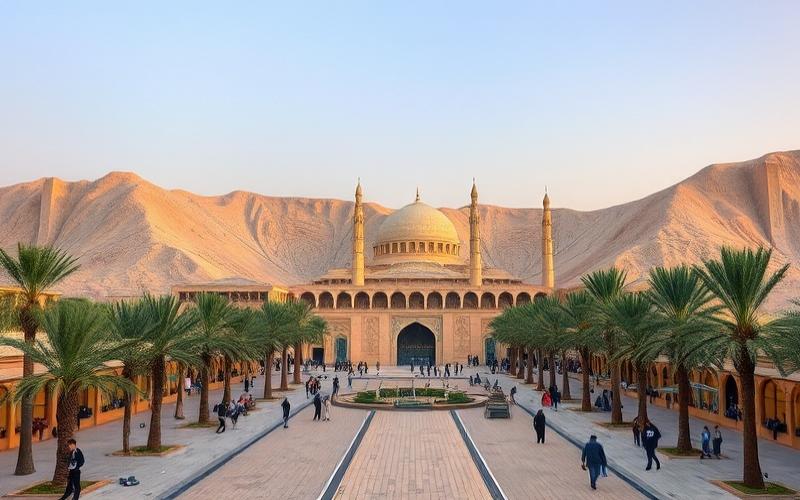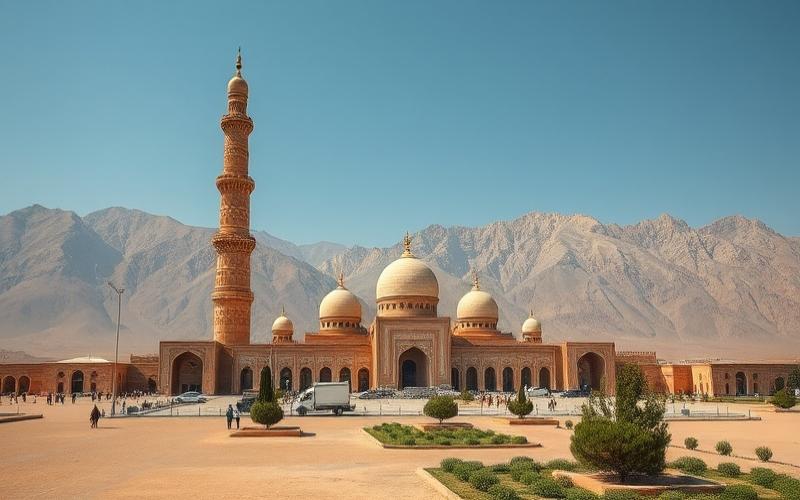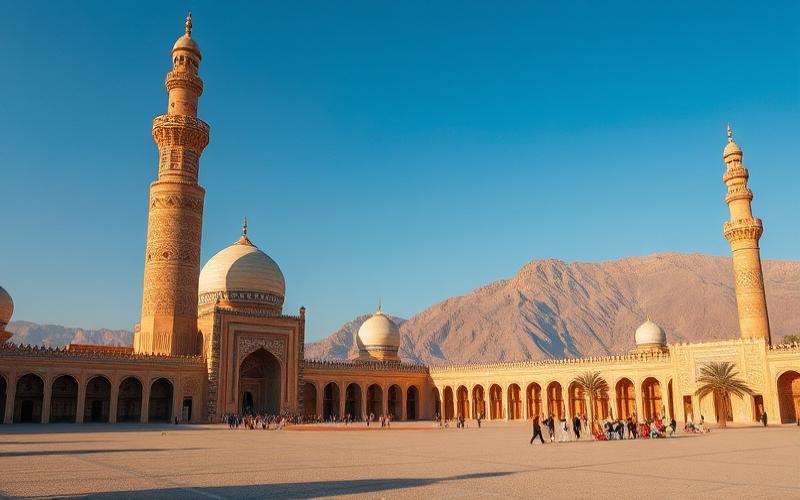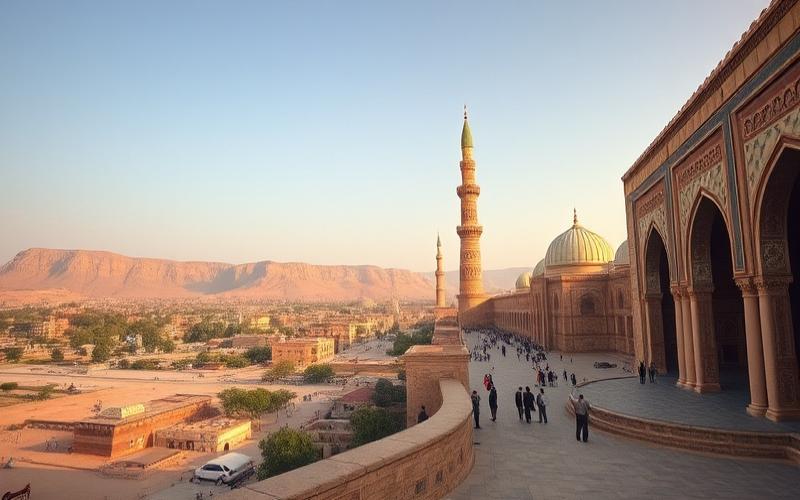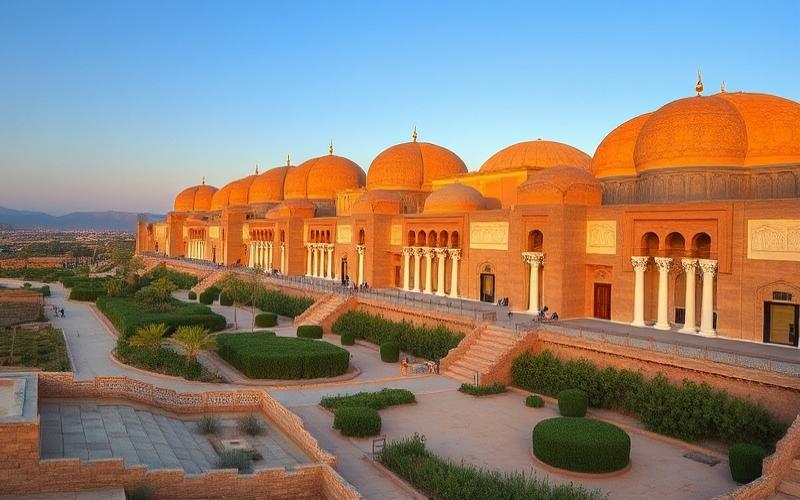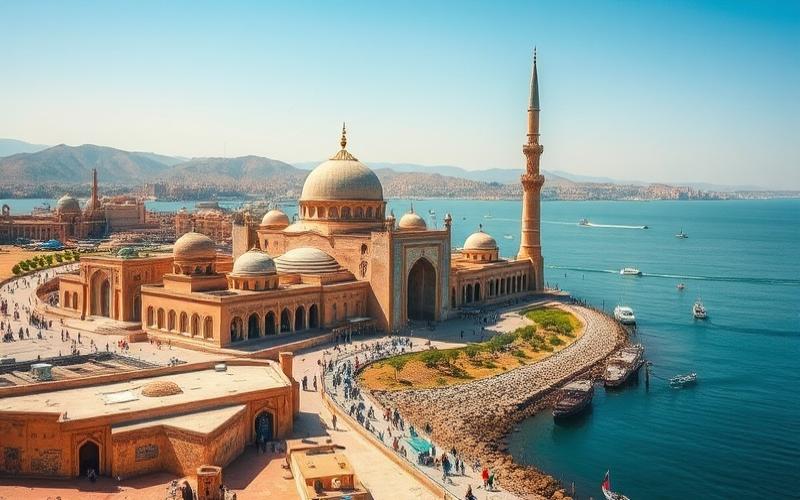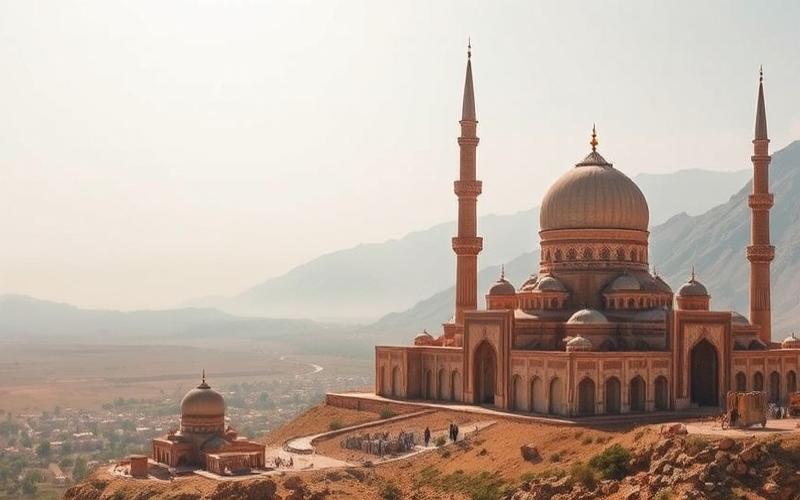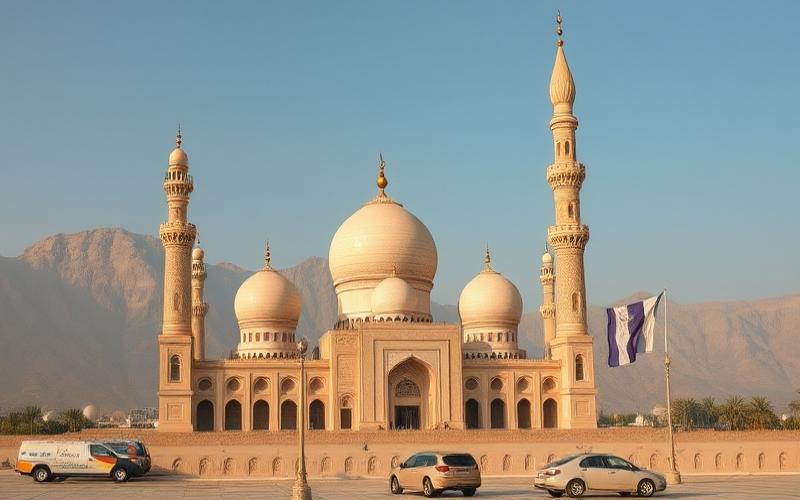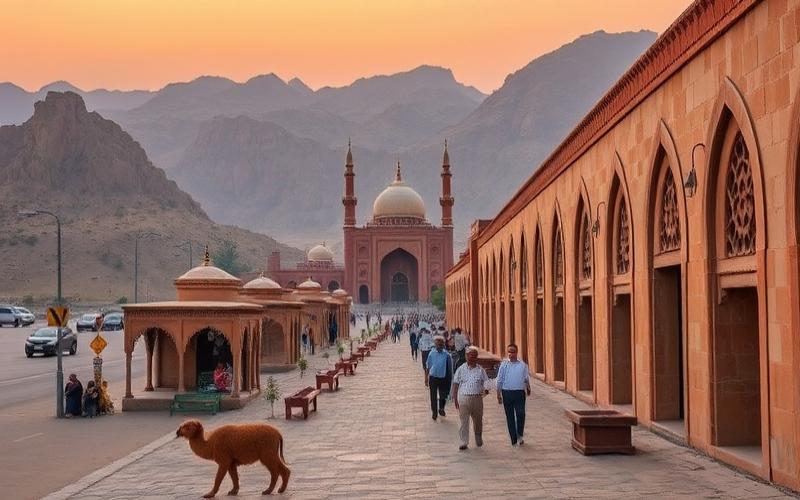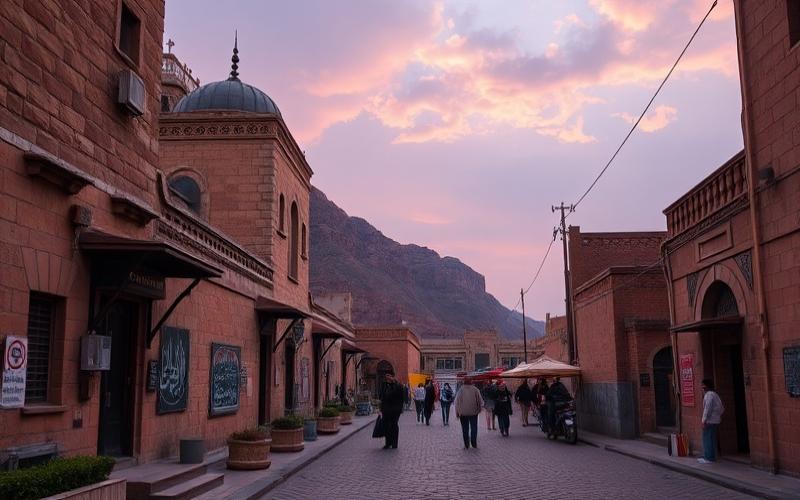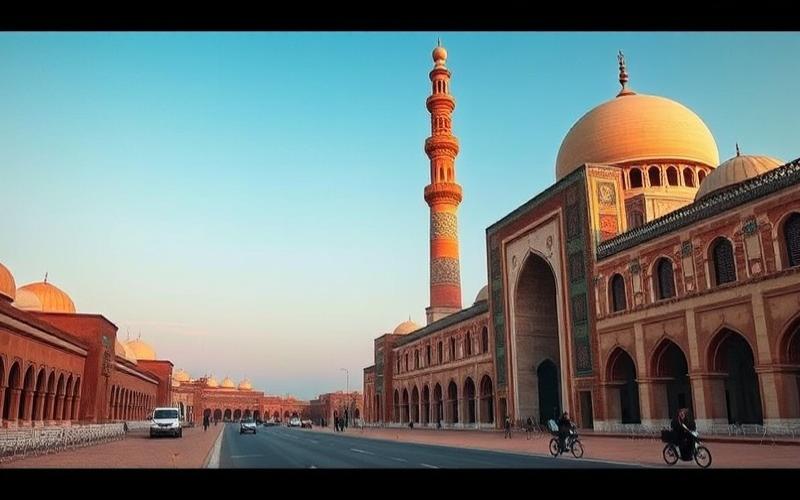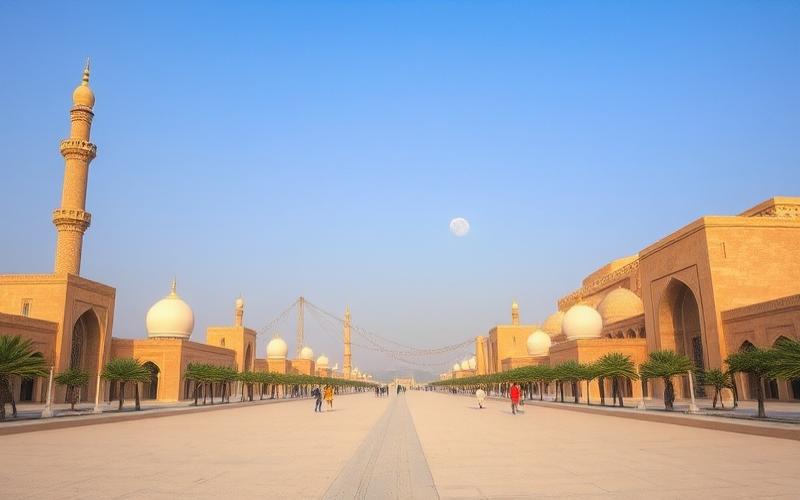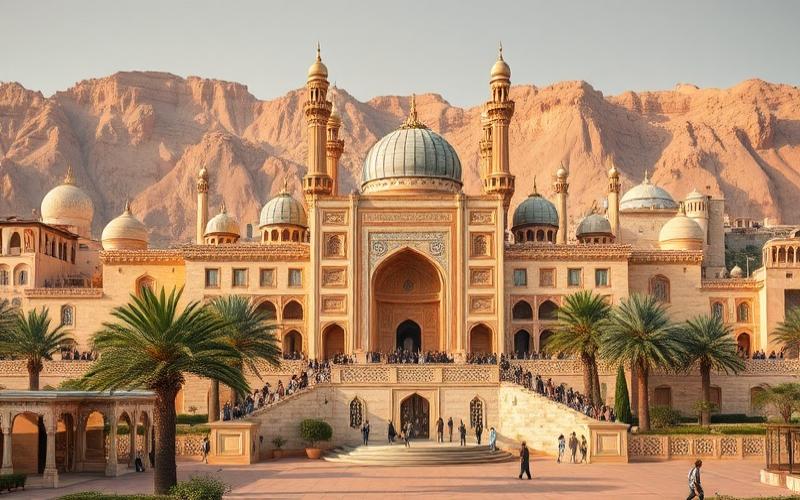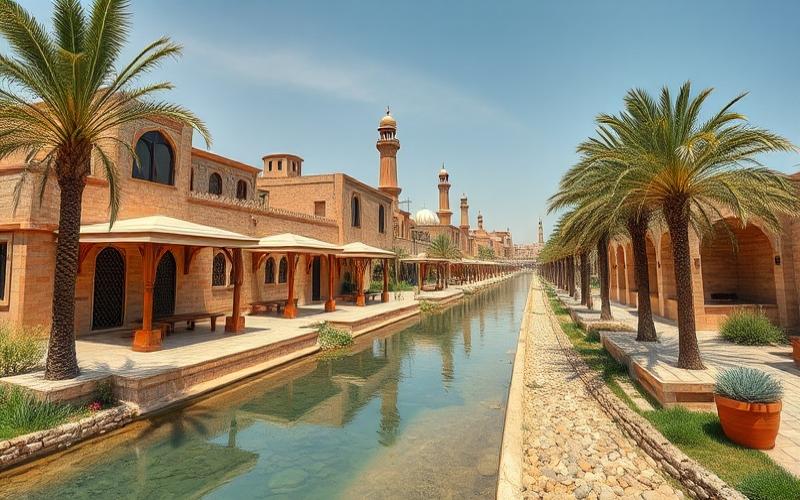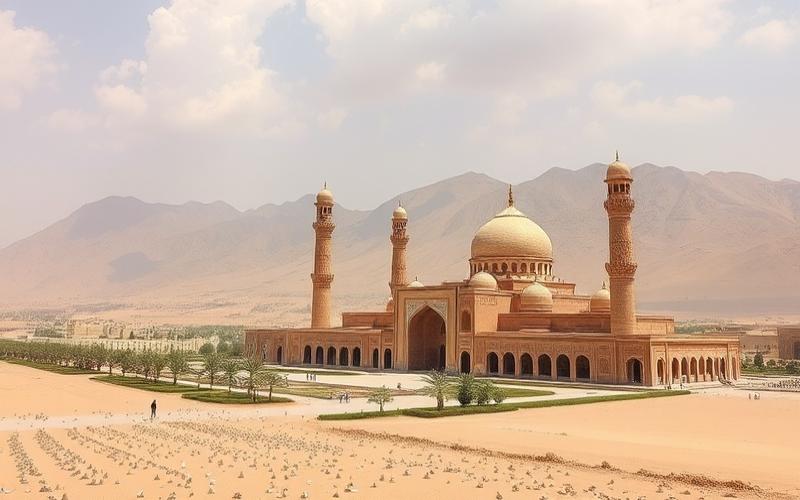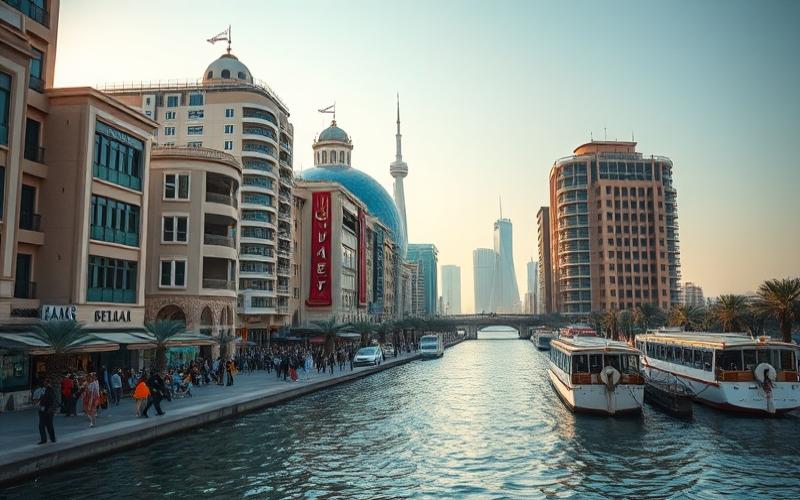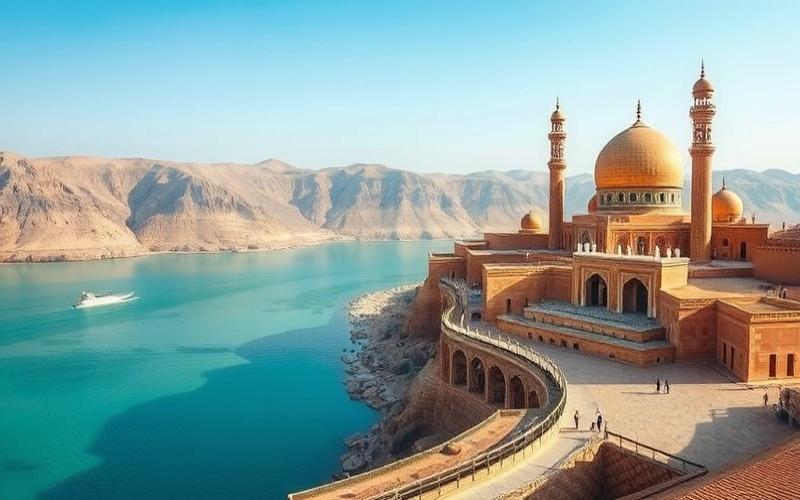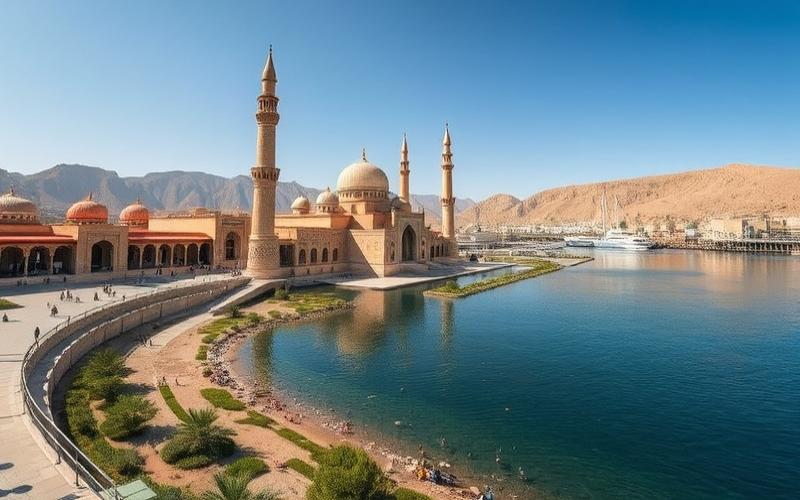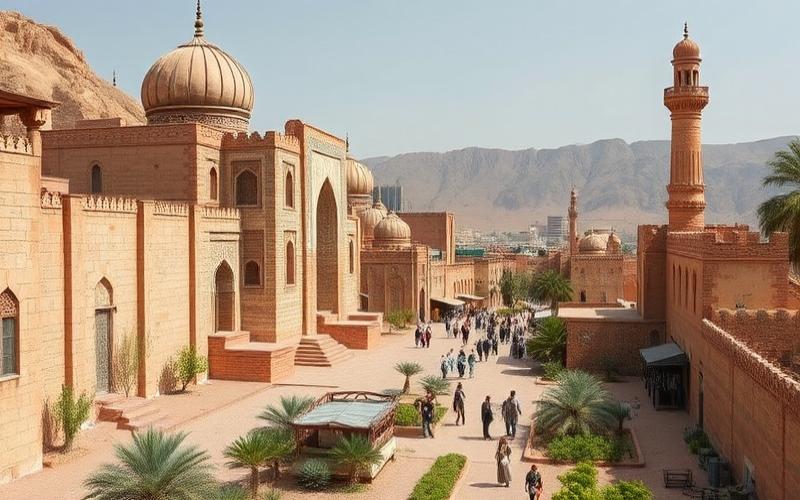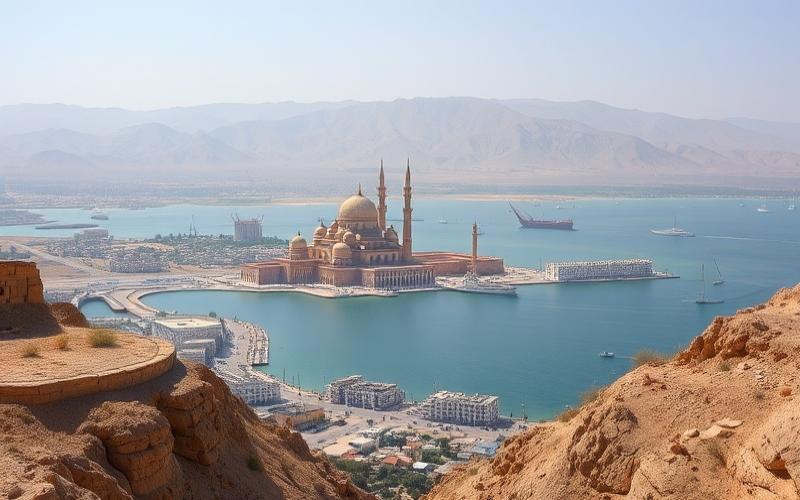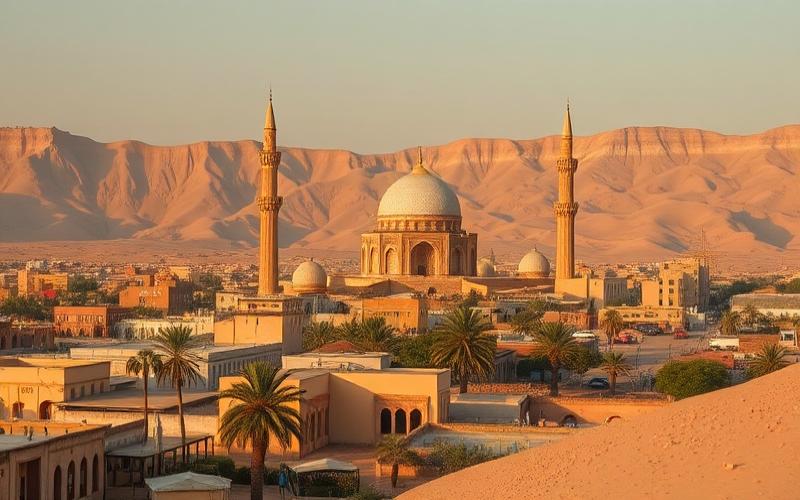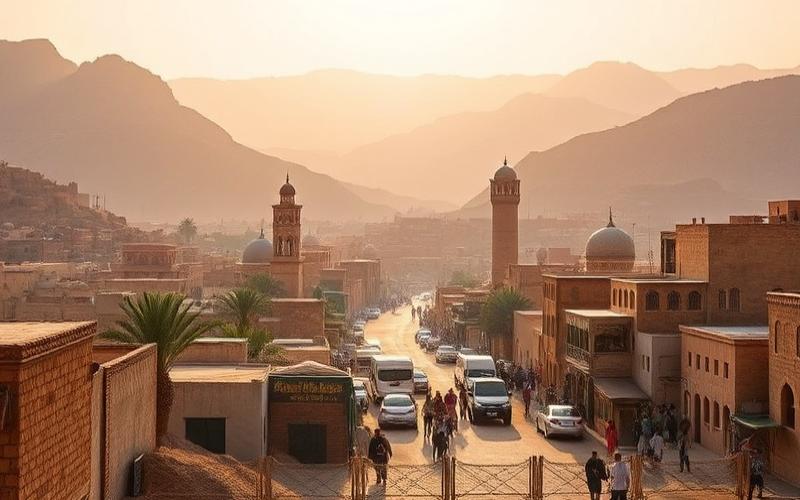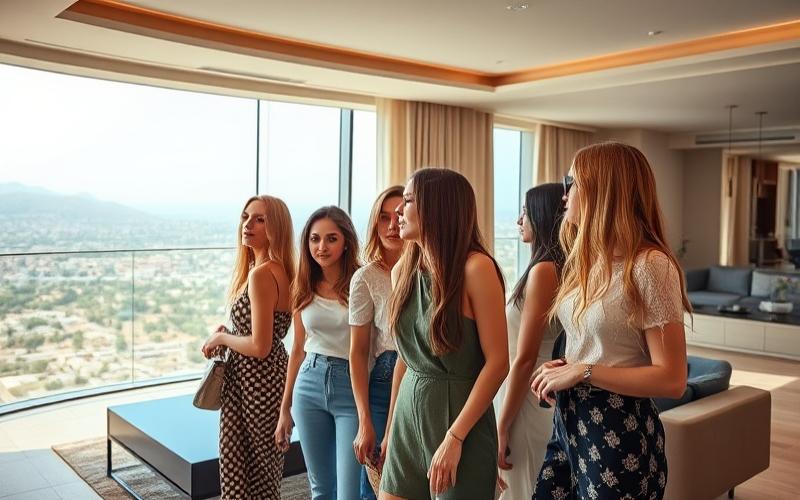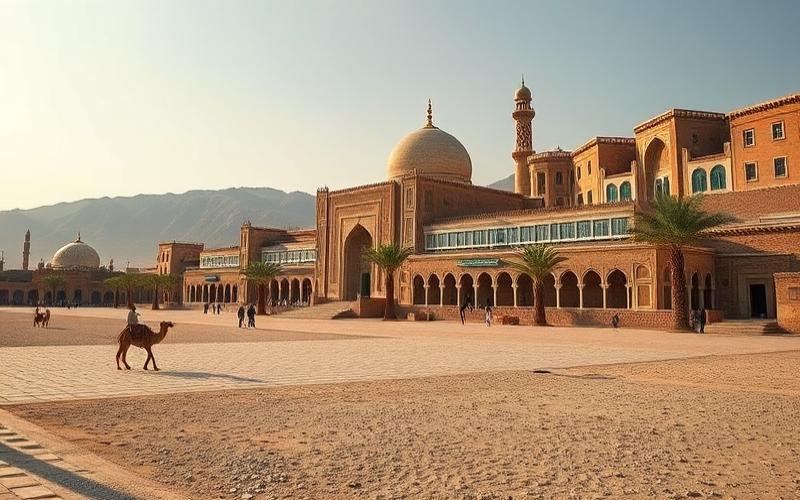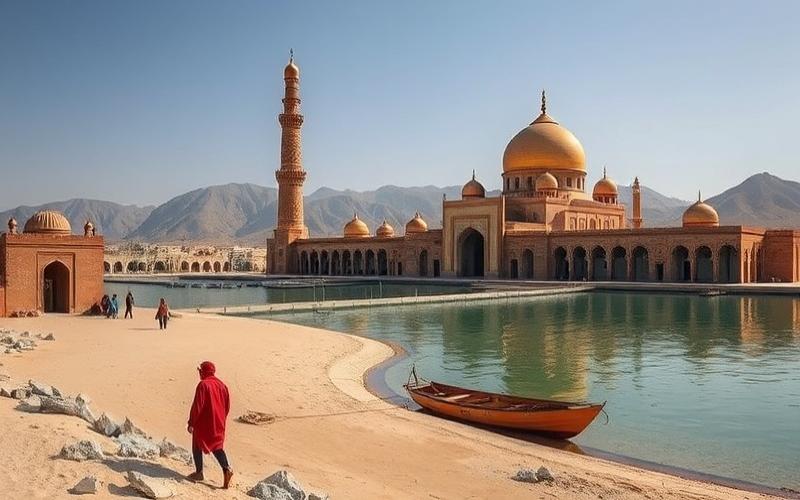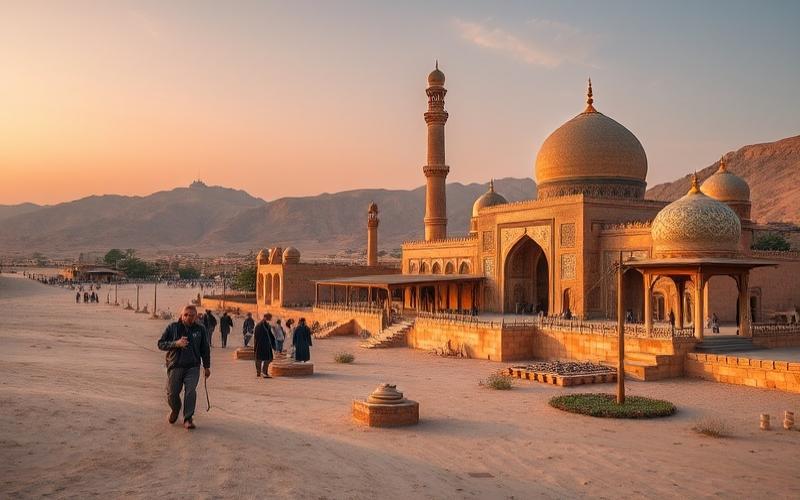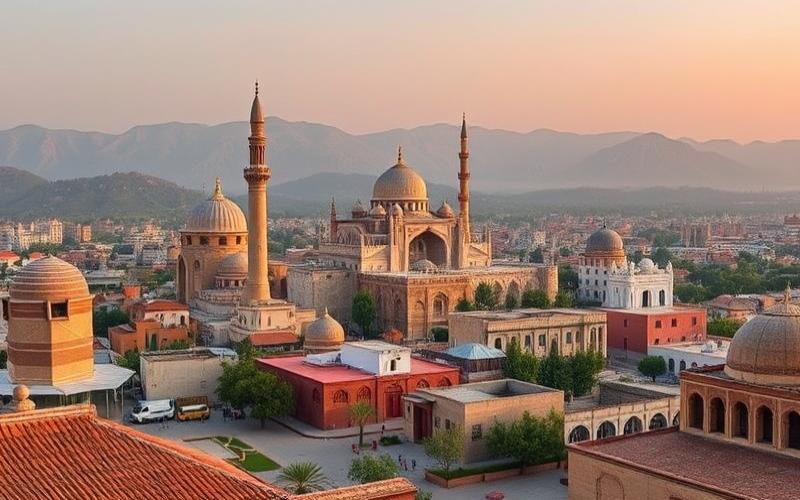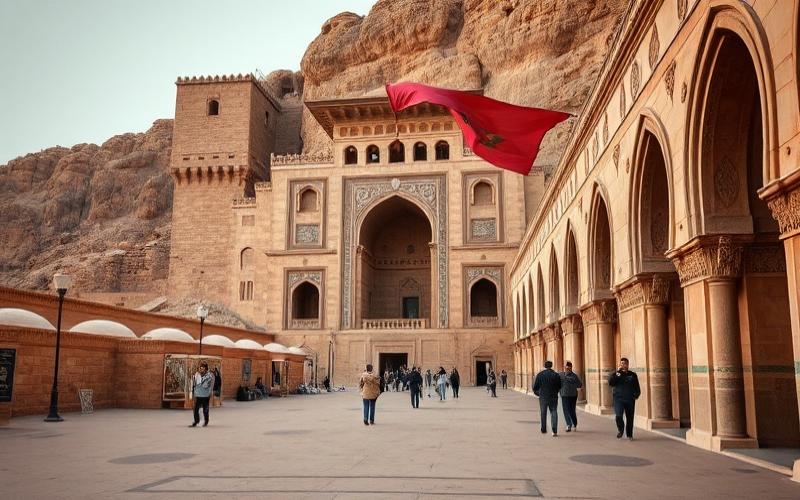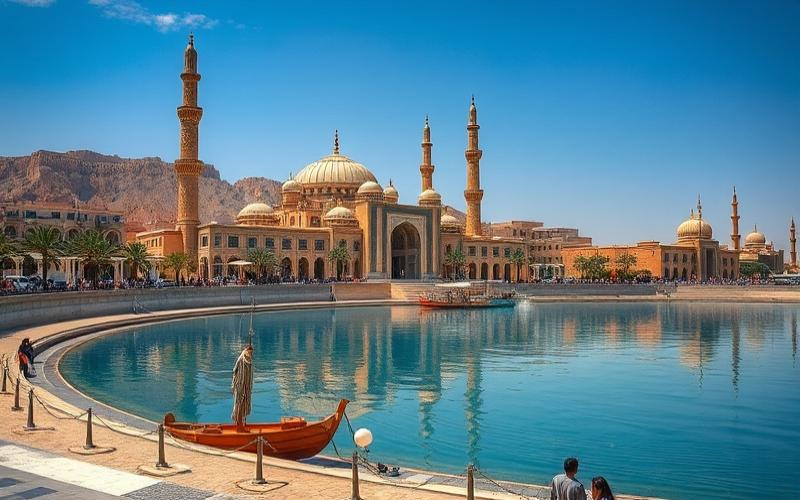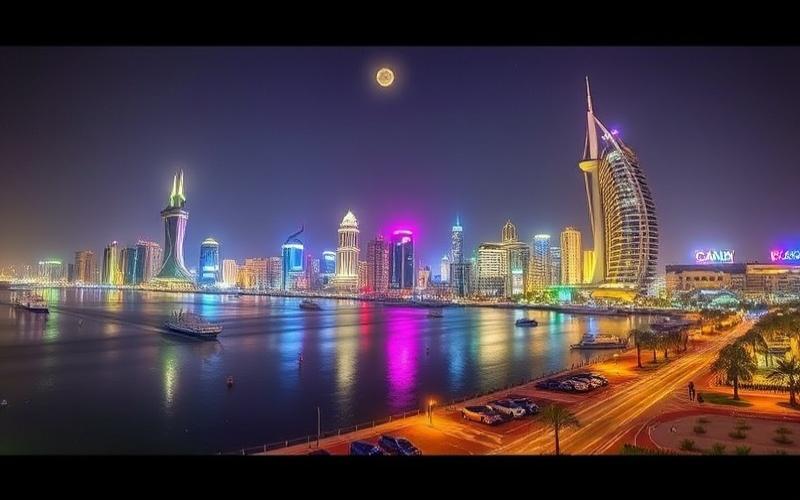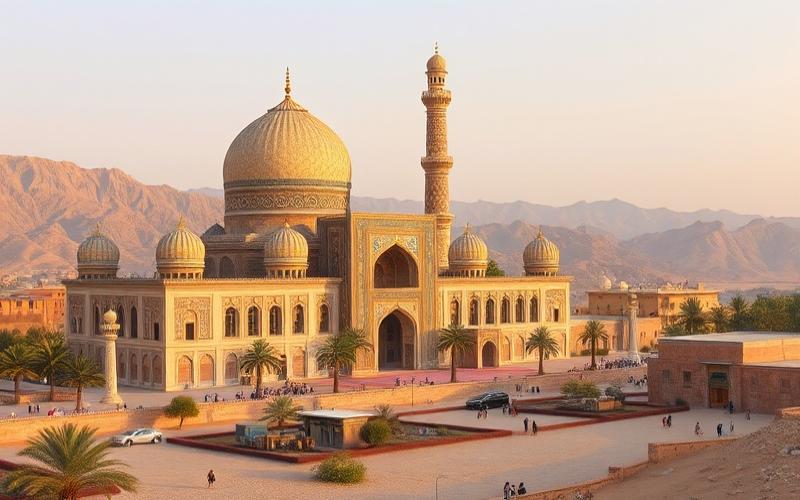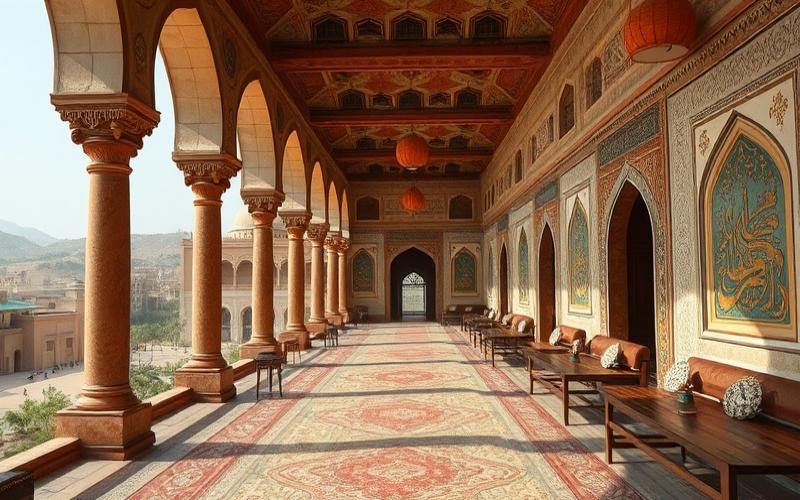
 Published on and written by Cyril Jarnias
Published on and written by Cyril Jarnias
In an economic context often marked by soaring real estate prices, the concept of micro-apartments is emerging as an innovative solution in Bahrain, specifically targeting small budgets and young professionals seeking affordable housing.
These compact living spaces, often well-located and highly functional, offer an attractive alternative for those wishing to live minimally while enjoying urban vibrancy.
With a growing trend toward space optimization and cost reduction, micro-apartments are becoming an increasingly popular choice, transforming how individuals envision their homes in this dynamic island nation.
A Booming Trend: Micro-Apartments in Bahrain
Micro-apartments have become a booming trend in Bahrain in response to a combination of economic and demographic factors, as well as evolving urban lifestyles.
Economic and Demographic Factors:
- Rising downtown real estate prices, with an average apartment rental cost of $1,700 per month, pushing many residents to seek more affordable alternatives.
- Slight decrease in apartment prices (-3.5% year-over-year), but maintenance of a high level compared to other regional markets.
- Stability and resilience of the real estate market despite economic fluctuations, attracting both investors and residents seeking space- and budget-optimized solutions.
- Strong demand for affordable urban housing, particularly among young professionals and expatriates who prioritize proximity to business centers and urban infrastructure.
Typical Profile of Micro-Apartment Occupants:
- Young professionals seeking quick access to economic hubs and simplified daily management.
- Small families, particularly couples without children or with one child, attracted by the value for money and central location.
- Retirees looking to downsize their homes and enjoy nearby urban services.
- Expatriates, often on temporary assignment or seeking flexible initial accommodation.
Impact on the Local Real Estate Market and Urban Infrastructure:
- Increase in the supply of compact housing, enabling reasoned densification of downtown areas and better use of urban spaces.
- Revitalization of the construction sector, with the development of projects incorporating shared spaces and services (gyms, coworking spaces, etc.).
- Increased pressure on urban infrastructure (transportation, local services), requiring adaptation of public policies to ensure quality of life.
| Factor | Effect on Micro-Apartments in Bahrain |
|---|---|
| Real Estate Prices | Search for more affordable solutions |
| Urban Demographics | Young professionals, expatriates, small families |
| Lifestyle | Preference for proximity, flexibility |
| Dynamic Rental Market | Strong demand in central neighborhoods |
| Urban Adaptation | Need to optimize infrastructure and services |
Challenges and Criticisms:
- Risk of over-densification, with quality of life potentially impacted if supply isn’t accompanied by infrastructure improvements.
- Criticisms regarding the reduced size of housing, perceived by some as a decrease in residential comfort.
- Need to guarantee long-term accessibility to avoid excluding the most modest households.
Integration into Urban Dynamics and Future Prospects:
Micro-apartments fit into a global trend toward urban compactness and efficiency in space management, in line with the development of smart, connected neighborhoods.
This evolution is expected to continue, driven by population growth, increased urbanization, and the desire to diversify real estate offerings while controlling costs for residents.
Micro-apartments in Bahrain thus reflect a pragmatic adaptation to contemporary economic and social realities, while posing new challenges for urban planning and social cohesion.
Good to Know:
In Bahrain, micro-apartments are gaining popularity due to several economic and demographic factors. With rising real estate prices, these compact homes offer an economical solution for young professionals seeking to live in urban environments, while small families and retirees appreciate their practicality and reduced cost. These units influence the local real estate market by increasing urban density and adapting infrastructure, although challenges persist, such as concerns about limited living space. This trend, reflecting optimized urban planning, meets growing demand for affordable housing and could play a key role in Bahrain’s future housing development.
Strategic Investment: Studios and Microliving in Bahrain
Investment in studios and microliving in Bahrain aligns with the national strategy to diversify the economy, attract foreign capital, and meet growing demand for affordable housing for small budgets. This dynamic responds to both government directives and the concrete needs of a young, mobile, and international population.
Key Alignments with National Economic Strategies:
- Economic Diversification: Development of the real estate sector, particularly through compact studio projects, supports the goal of reducing dependence on hydrocarbons.
- Attractiveness to Foreign Investors: Recent legislative reforms facilitate property access for expatriates and international investors while ensuring increased legal security.
- Tax Incentives: Rental income is tax-exempt in certain areas, making the market particularly attractive.
Factors Favoring Microliving Growth:
| Key Factor | Description |
|---|---|
| Strong Rental Demand | The expatriate population represents over 70% of the rental market. |
| Rapid Urbanization | Manama sees a constant influx of young professionals seeking compact solutions. |
| Rising Costs | General price increases push families and singles toward more affordable properties. |
| Government Programs | Initiatives like Mazaya Finance encourage access to social housing. |
Respective Roles in Development:
- Private Initiators: Local and international real estate developers now offer more compact apartments or studios suited to small budgets.
- Government: The state invests directly through the Ministry of Housing (e.g., Sitra Housing project) or facilitates the emergence of suitable offerings through legislative changes.
- Private/Institutional Investors: Attracted by stable profitability due to strong rental demand and lower entry costs compared to Dubai or Abu Dhabi.
Potential Benefits for Investors:
- Stable prices despite moderate market growth
- High rental yield relative to other regional markets
- Increased legal protection (expanded freehold areas)
- Strong structural demand among local/expatriate young professionals
Direct Advantages for Residents:
- Easier access to centralized urban housing without compromising their budget
- Proximity to economic hubs (Manama Bay, business districts)
- Increasing construction quality due to regulatory strengthening
Impacts on Quality of Life and Urban Environment:
- Reduction of urban sprawl through reasoned densification around economic hubs
- Better social integration (increased residential diversity)
- Architectural modernization with emergence of “smart city” ecosystems
- Possible pressure on infrastructure with inadequate planning but current trend toward proactive management
In Summary:
The targeted expansion of microliving/studios fully aligns with Bahrain’s strategic priorities—economic diversification, social inclusion through affordable housing, tax attractiveness—while providing a concrete response to current budget expectations. This model simultaneously benefits investors seeking stable returns and residents looking for accessible urban quality.
Good to Know:
In Bahrain, investment in studios and microliving strategically aligns with the country’s economic plan, focused on diversification and urban modernization. Faced with growing demand for affordable housing, the real estate market is experiencing strong growth, particularly in cities like Manama. These projects are often initiated through partnerships between the government, which encourages investment through incentive policies, and private investors eager to capitalize on compact real estate. For investors, these projects offer attractive return potential due to a dynamic rental market, while for residents, they provide an ideal solution for living on a small budget, improving their quality of life. The rise of microliving also helps reduce the urban ecological footprint and maximize space utilization in an environment where resources are limited.
Optimizing Small Space Returns in Bahrain
Optimizing small space returns in Bahrain requires an inventive approach adapted to local urban realities. Micro-apartments, rapidly expanding in dense areas of the kingdom, present particular challenges: high cost per square foot, lack of natural light, and the need to maintain privacy while preserving a sense of openness.
Specific Challenges in Bahrain:
- Growing urban density in Manama and Muharraq, leading to reduced living spaces.
- Hot climate, requiring maximized air circulation without multiplying partitions.
- Cultural preferences for hospitality, sometimes requiring flexible space to host family or friends.
Concrete Optimization Strategies:
| Strategy | Local or International Example | Main Benefit |
|---|---|---|
| Multifunctional Furniture | Locally manufactured Murphy beds; Scandinavian-inspired convertible sofas | Frees up floor space during the day |
| Clever Storage Systems | Built-in storage under stairs or benches; custom floor-to-ceiling cabinets | Maximum use of available volume |
| Mobile Partitions and Removable Dividers | Lattice screens reminiscent of traditional mashrabiya; modern blackout curtains | Adaptability according to need (work, rest, entertaining) |
Decorative Techniques to Visually Enlarge Spaces:
- Light colors on walls and ceilings to reflect light
- Large mirrors strategically placed to create an impression of openness
- Low furniture allowing visual circulation
- Light curtains that don’t visually weigh down the room
Innovative Local Examples:
- Small studios in Diplomatic Area using furniture on casters for easy movement according to activities
- Shared common spaces in some new residential complexes allowing residents occasional access to a shared multipurpose room
International Trends Applicable to Bahrain (Considering Cultural Context):
- Japanese modular furniture (retractable tatami mats)
- American “tiny house” solutions adapted with thermal insulating materials suited to Bahrain’s climate
- Advanced home automation to control lighting/air conditioning without additional physical clutter
Summary List of Key Solutions:
- Convertible furniture: wall beds, folding tables, storage sofas
- Vertical storage: shelves up to the ceiling
- Flexible separation: decorative sliding curtains
- Local minimalist decoration: modernized Arabic geometric patterns
Environmental & Economic Contribution:
- Significant reduction in materials needed per built housing unit
- Decreased energy consumption due to smaller air-conditioned space
- Fewer superfluous objects = reduced waste production
Intelligent optimization thus transforms every square foot into a precious resource, while respecting the Bahraini lifestyle focused on conviviality. This model also durably reduces fixed monthly housing costs.
Good to Know:
In Bahrain, micro-apartment optimization relies on innovative strategies such as using multifunctional furniture, like Murphy beds incorporating storage spaces, and vertical storage systems to maximize every square centimeter. Urban residents face unique challenges related to limited space, encouraging the adoption of decorative techniques like mirrors and light colors to visually enlarge rooms. Inspired by international trends, these solutions must respect local cultural preferences, favoring minimalist designs blending modernity and Arabic tradition. By maximizing spatial efficiency, residents not only enjoy better quality of life but also contribute to environmental sustainability through reduced resource demand, and can thus lower their housing-related costs.
Disclaimer: The information provided on this website is for informational purposes only and does not constitute financial, legal, or professional advice. We encourage you to consult qualified experts before making any investment, real estate, or expatriation decisions. Although we strive to maintain up-to-date and accurate information, we do not guarantee the completeness, accuracy, or timeliness of the proposed content. As investment and expatriation involve risks, we disclaim any liability for potential losses or damages arising from the use of this site. Your use of this site confirms your acceptance of these terms and your understanding of the associated risks.


